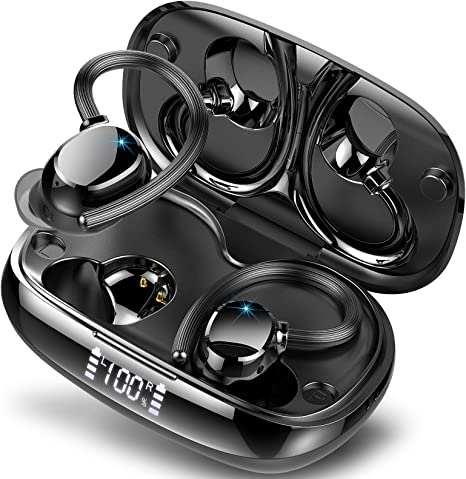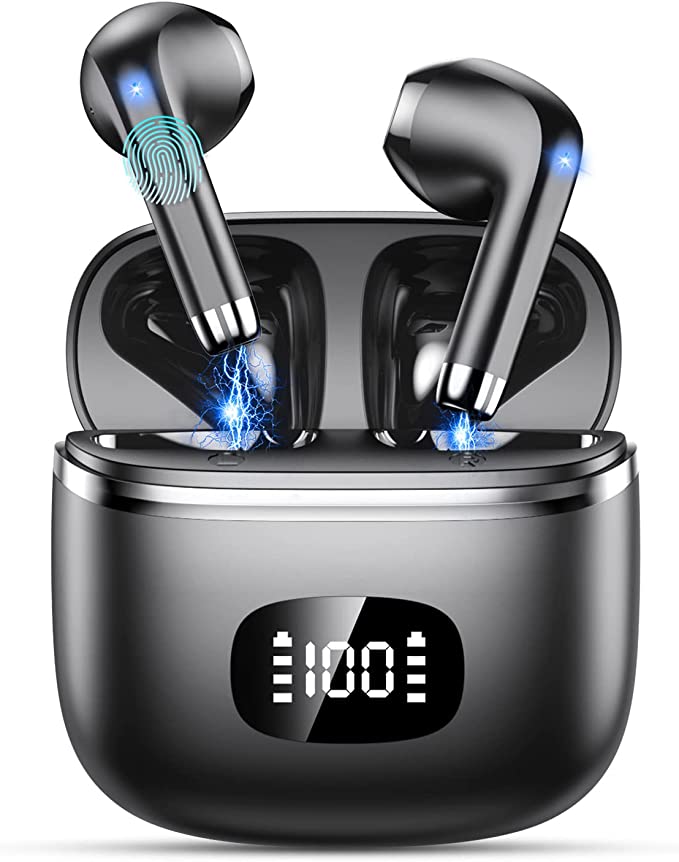A Mentor's Guide to Laminar Flow: How the AirFanta 4Lite Creates a Personal "Breathing Zone"
Update on Nov. 3, 2025, 8:57 a.m.
We’ve all been there: in a crowded airport, a stuffy office, or a busy restaurant, suddenly hyper-aware of the shared air we’re breathing.
For centuries, our defense against “bad air” has been a battle of dilution. We open a window or, more recently, buy a large room air purifier. This is a “brute force” strategy. It’s like pouring fresh water into a murky pond, slowly working to lower the overall concentration of contaminants. It’s a room-scale solution that can take hours, and you’re always breathing a diluted mix of the room’s shared air.
But what if you didn’t have to clean the whole room? What if you only needed to clean the single cubic foot of air you’re about to inhale?
This is a fundamental shift in strategy: from dilution to direction. It’s the difference between a floodlight (a room purifier) and a laser beam (a personal purifier). And it’s all made possible by a fascinating bit of physics called laminar flow.
The Mentor’s Lesson: Turbulent vs. Laminar Flow
To understand this new technology, we must first understand the two ways air moves.
1. Turbulent Flow (Chaos): This is the chaotic, swirling, unpredictable mixing you see when you stir cream into coffee. Most fans and room purifiers are designed to create turbulence. It’s great for circulating and mixing the air in an entire room to ensure everything eventually passes through the filter.
2. Laminar Flow (Order): This is its opposite. The word laminar means “in layers.” Picture a perfectly still river moving in smooth, parallel sheets. The defining feature of laminar flow is its profound lack of mixing with the surrounding, still air.
A device that creates a laminar stream of clean air acts like an invisible shield. The beam of filtered air moves as a cohesive unit, physically displacing and pushing away the surrounding unfiltered air from your immediate breathing path.

Case Study: The AirFanta 4Lite’s “Directed” Beam
Harnessing this principle is a serious engineering challenge. The AirFanta 4Lite is a fascinating case study in this new category.
Its entire design is built to generate and maintain this orderly stream of air. According to its description, it expels air “directly from the filter itself.” This is a critical detail. A traditional fan blade is a primary source of turbulence. By using the large, flat surface of the filter as the air outlet, the device minimizes the initial chaos, giving the air its best chance to form a stable, laminar stream.
This is why it can claim to create a “breathing zone” in 10 seconds, a stark contrast to the hours a room purifier needs. It’s not cleaning the room; it’s projecting a personal bubble of clean air directly to you.
To do this, it needs to balance three things: * Power: A substantial 74Wh rechargeable battery allows it to run for up to 24 hours. * Portability: The entire unit weighs only 2.9 pounds (1.3kg). * Aim: A versatile aluminum kickstand allows for 360-degree rotation, letting you precisely aim the beam at your face, whether you’re at your desk or on a plane.
The Mentor’s Physics Lesson: The 0.3 Micron Problem (H11 vs. H13)
Of course, that beam of air is only as good as its filter. The AirFanta 4Lite uses an EPA H11 filter, rated to capture 98% of particles at 0.3 microns.
Now, why 0.3 microns? And why not a “True HEPA” H13 (99.97%) filter? This is a deliberate and smart engineering trade-off.
In filter science, 0.3 microns is known as the MPPS (Most Penetrating Particle Size). It’s the “unlucky” particle size that’s hardest to catch. * Large particles (>0.3µm) are easy to catch. They are too heavy to follow airflow and crash directly into the filter fibers (Impaction). * Tiny particles (<0.1µm) are also easy to catch. They are so light they get battered by air molecules in a random, zigzag pattern (Brownian motion), causing them to inevitably hit a fiber.
The 0.3-micron particle is the “sweet spot” of difficulty—too nimble to crash, but too heavy to zigzag. A filter’s rating (like H11 or H13) is its worst-case performance against this single, most-difficult particle.
While an H13 filter is “better” (99.97% vs. 98%), that extra 1.97% of efficiency comes at a massive cost in air resistance. Pushing air through an H13 filter requires much more power, which means a weaker/slower airflow, a shorter battery life, and much more noise.
The choice of an H11 filter is a calculated balance, prioritizing a high flow rate, long battery life, and low weight while still capturing 98% of the most difficult particles.

The “Pro-sumer” Guide: How to Use Your Personal Airspace
As the reviews for this device show, its users are “pro-sumers” who use it as part of a “layered mitigation” (or “Swiss Cheese”) strategy. Here are the key use cases they’ve identified.
- Use Case 1: The “Unmasked” Scenario (Dining / Dental)
This is the product’s “killer app.” You can’t wear a mask while eating or at the dentist. As reviewer Heidrun W. states, this device is “for providing a small safe space of clean air… if you need to remove your mask on a crowded train in order to have a quick snack, you can… be relatively safe.” By placing the device on your table, you create a positive-pressure bubble of clean air that helps push contaminated air away from your face before you inhale it.

-
Use Case 2: Enhancing Your Mask (Flights / Offices)
Reviewers note that the gentle breeze “improves breathability while wearing masks.” On a long flight, this can make a significant difference, reducing the feeling of stuffiness and providing a constant stream of fresh, filtered air. -
Use Case 3: The “CPAP Hack”
This is a brilliant life-hack from reviewer HeatherErin. For those who use a CPAP machine for sleep, the air it draws in is just unfiltered hotel or bedroom air. She notes her spouse will “position it to blow into his CPAP air intake, thus providing clean air overnight.” This is a perfect example of strategic, personal air quality control.
The Mentor’s Trust Signal: Transparency
A key theme in the user reviews for this product is trust, centered around the engineer, Adam Wong. Reviewer Jesse notes the company proactively contacted him about a fan-speed issue in the first batch and sent free replacements. Reviewer HeatherErin mentions the engineer’s transparency and willingness to answer questions at length.
This is not a faceless, mass-market gadget. It’s a thoughtfully engineered tool from a creator who engages with their community. This level of transparency is rare and a powerful indicator of a quality “pro-sumer” product.
The Honest Limitations
Intellectual honesty, a principle of the [Original Article], requires we note the limitations. A laminar flow beam is fragile. A strong cross-draft from an open window or a powerful overhead fan can break its orderly flow, reducing its effectiveness. It is a personal shield, not an invulnerable force field.
It is also not a silent device. As Heidrun W. noted, “the fans can be heard clearly.” This is the unavoidable trade-off for projecting a powerful, high-speed beam of air.
The Verdict: A New Layer for Your Toolkit
We’ve moved from the fear of “miasma” to the brute-force dilution of room purifiers. The AirFanta 4Lite represents the next logical step: precision, personal, and portable air protection.
It’s not a medical device, and it doesn’t replace masks. It is a new, powerful, and scientifically-sound layer to add to your “Swiss Cheese” model of protection. For those moments when you must be in a shared space, and especially for those vulnerable moments when you must unmask, this device empowers you to claim sovereignty over the air you are about to breathe.









